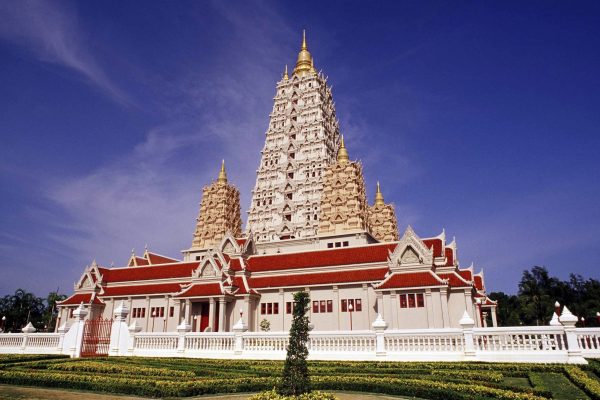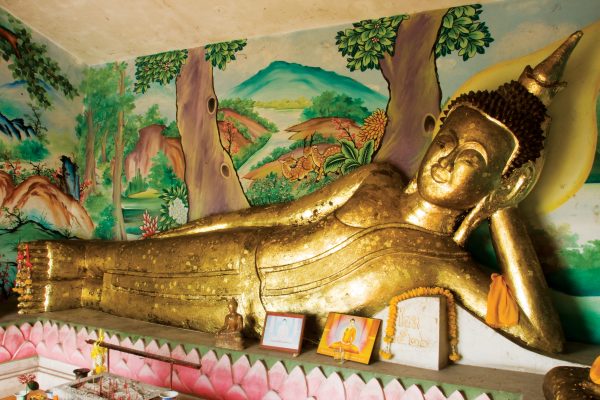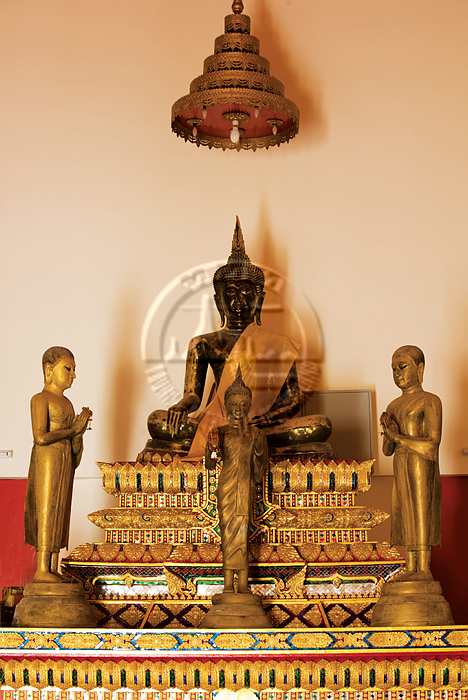
Wat Boromracha Kanchanapisek Anusorn
Wat Boromracha Kanchanapisek Anusorn (or Wat Leng Noei Yi 2) is a Chinese temple under the patronage of the Chinese Buddhist Sangha in Thailand or Mahayana Buddhism. Covering the area of 12 rai, the temple is located on Address 75, moo 4, Tambon Sanoloi, Amphoe Bang Bua Tong, Nonthaburi. It was built on June 9th , 1996 to commemorate the 50th Anniversary of King Bhumibol’s Accession to the Throne. Initially, it was only a tiny vegetarian hall on approximately 2 rai. Later, the Chinese Buddhist Sangha in Thailand, led by Wat Mangkorn Kamalawat (Wat Leng Noei Yi 1) had assigned Venerable Phra Kanajanjin Dharma Punya Jariyaporn (Tan Chao Khun Yen Chiew) to be the temple construction Sangha president, and Phra Maha Kanajanjin Dharma Samathiwat to be the construction counseling Sangha president. All Thai-Chinese Buddhists were encouraged to donate in the construction in order to make merit for the king on occasion of his 50th anniversary. Mr.Kwankeo Watharothai, Lord Chamberlain in the Bureau of the Household, had asked for the royal permission to build the temple. King Bhumibol granted, and bestowed the name for the temple as “Wat Boromracha Kanchanapisek Anusorn-Chinese Sangha Rang San Sect”Presently, Wat Boromracha Kanchanapisek Anusorn-Chinese Sangha Rang San Sect has been completely constructed. It went around 12 years (1996-2008) under the construction. The architecture of the Viharas in the temple were immensely influenced by Mahayana or Chinese Buddhist philosophy and Buddhist doctrine. The Viharas consist of Guan Yim Bodhisattava Vihara, Meun Buddhasukkavadi Hall, Burapajarn Vihara, Meditation Hall, Monk Residence (Kuti), and Phra Pariyat Tham School. Since Wat Leng Noei Yi 2 was a Mahayana or Chinese Buddhist temple, it also holds Chinese cultural festivals such as Chinese New Year, or Vegetarian Festival (Gin Jay) as well. Wat Boromracha Kanchanapisek Anusorn is therefore crowded with people who attend religious festival upon their belief.




